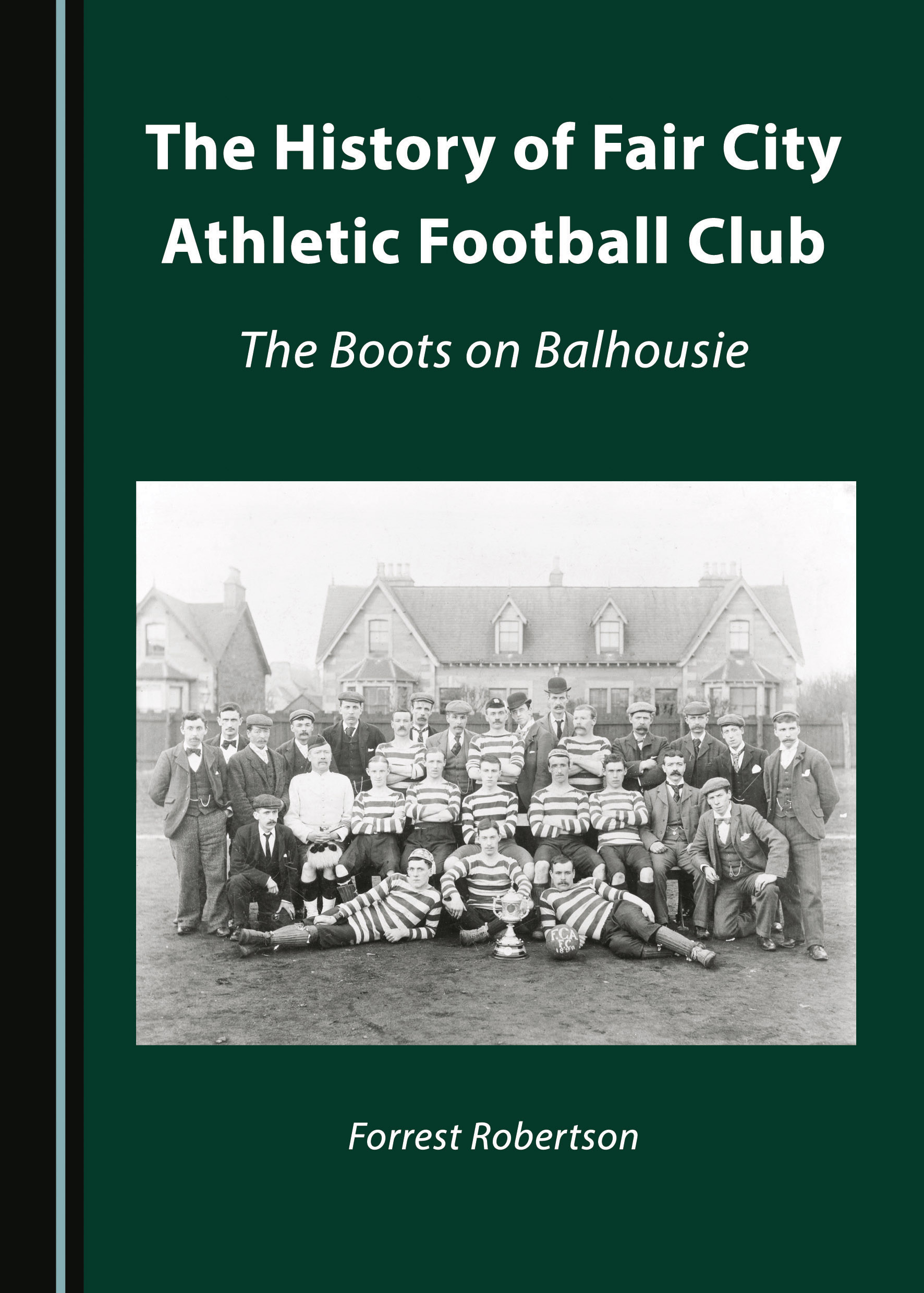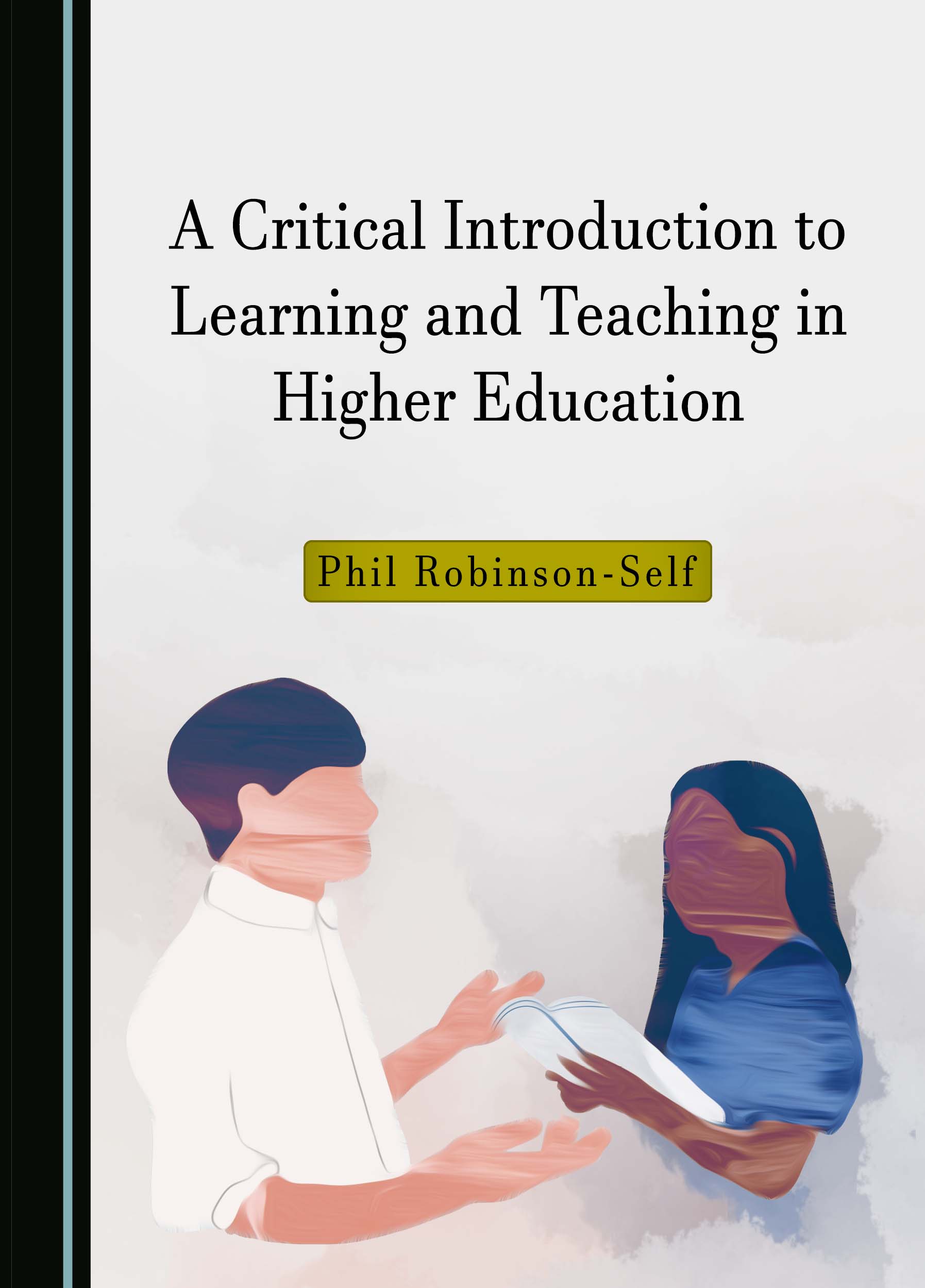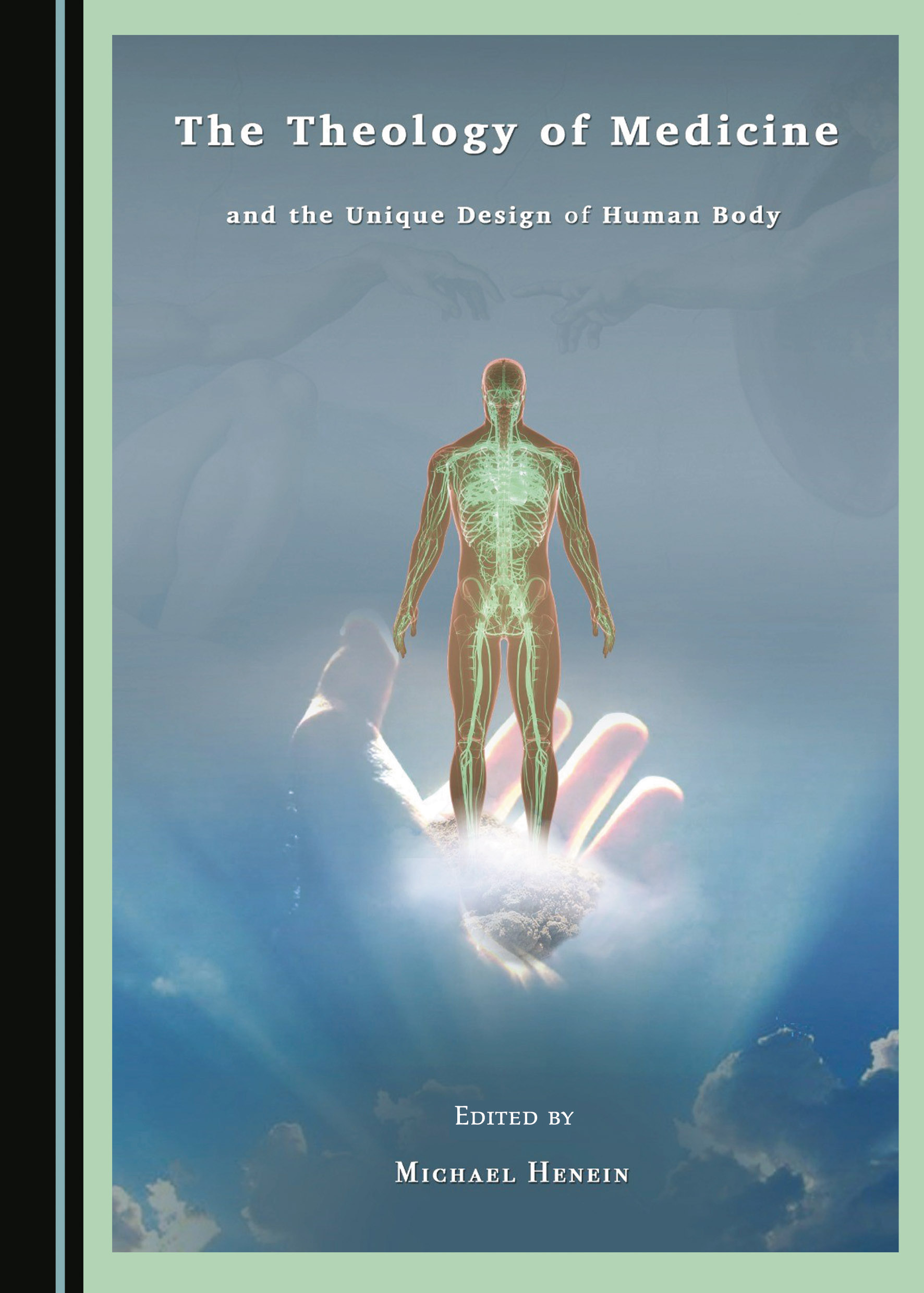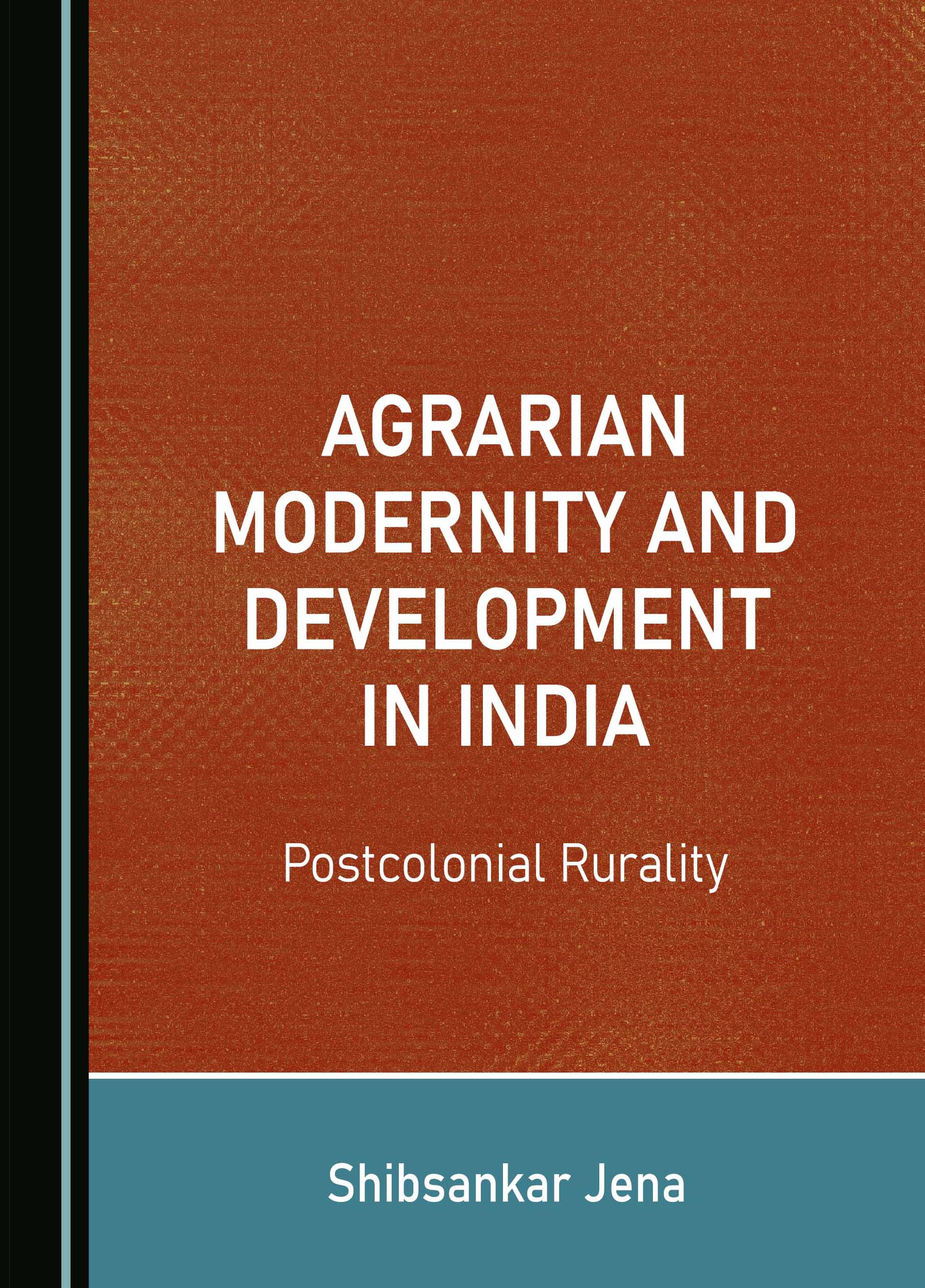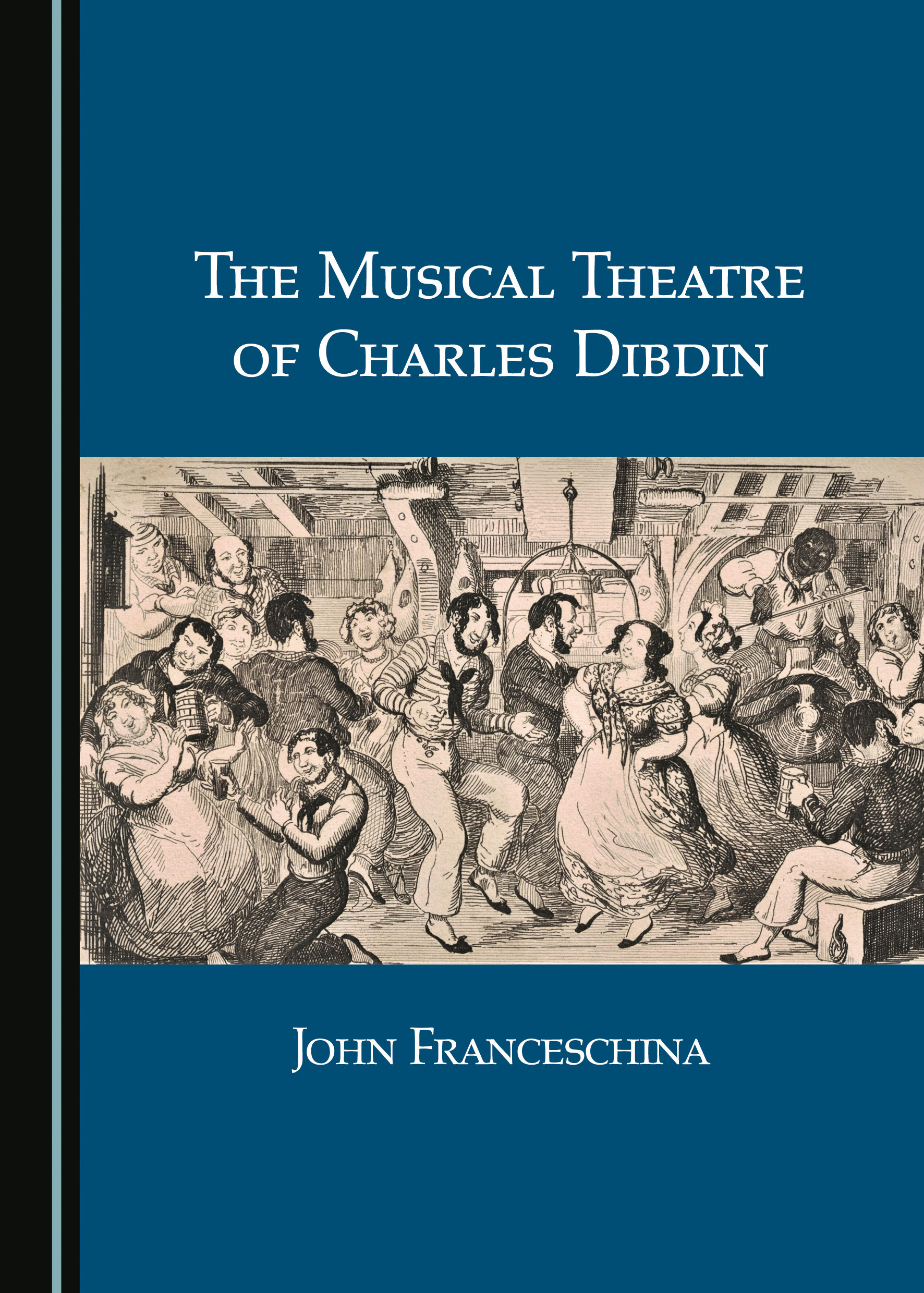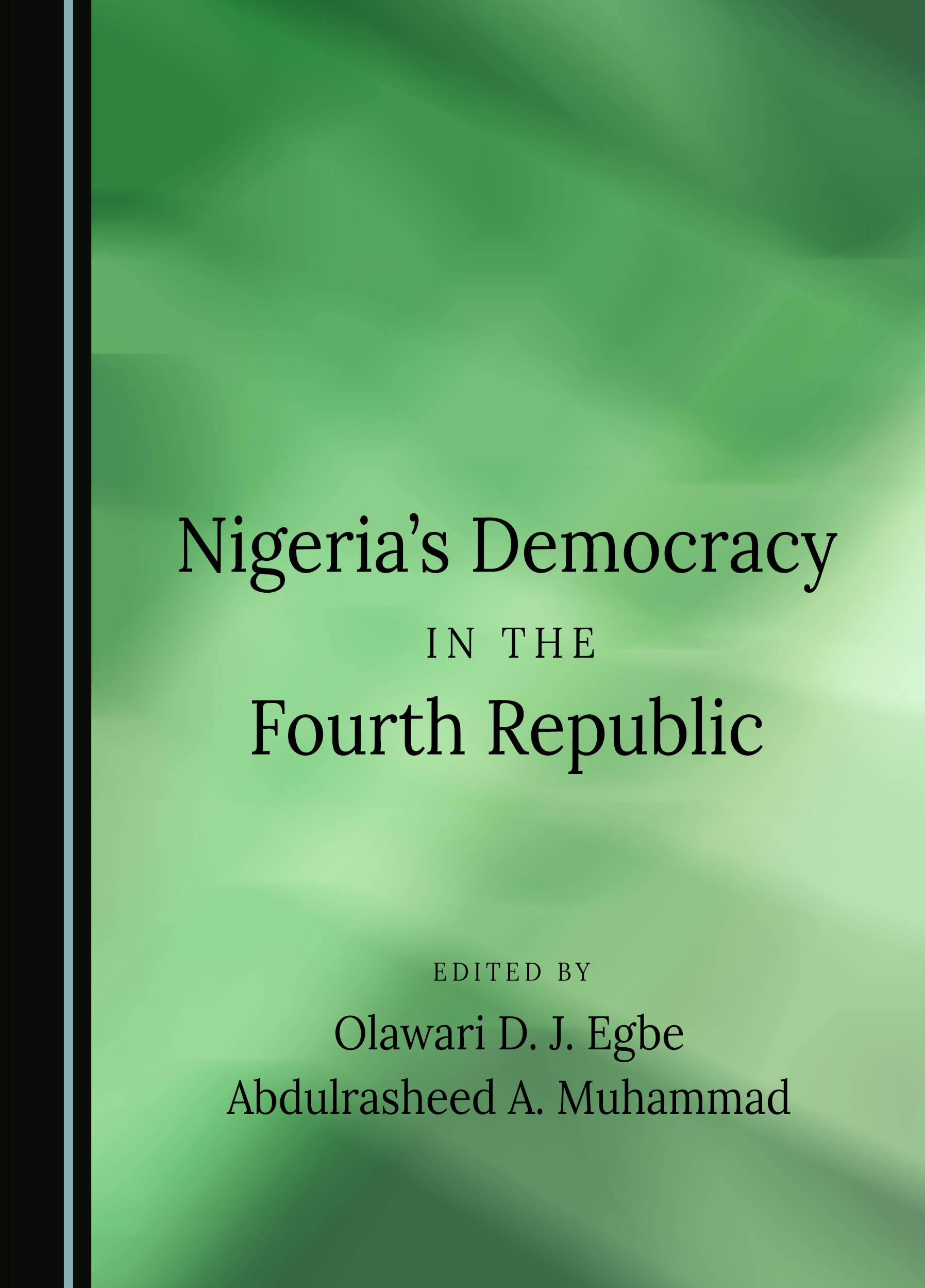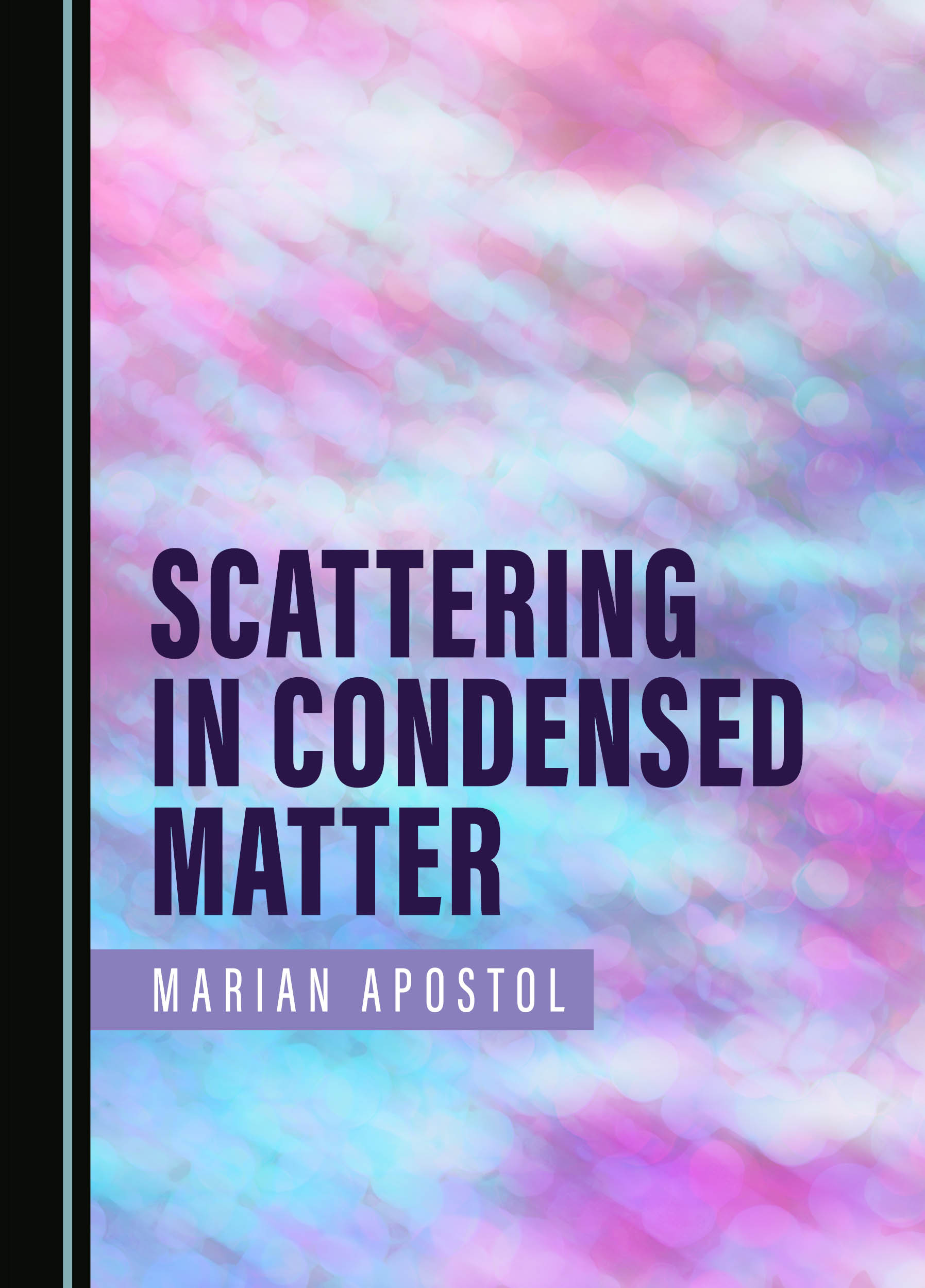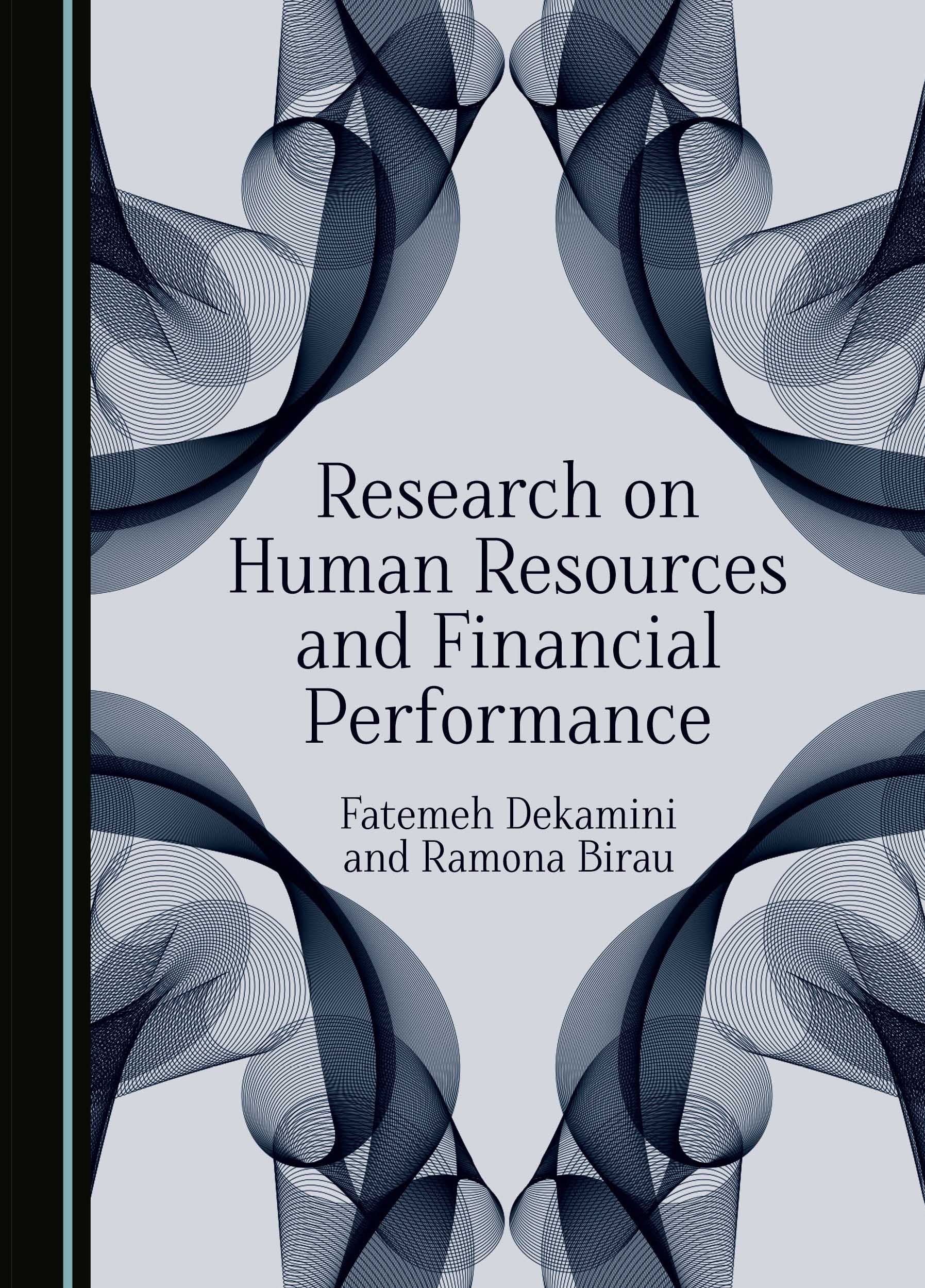Collecting and Dynastic Ambition
Dynastic Ambition, the desire to advance one’s family fortune and reputation, is the reason for all kinds of sometimes bewildering behaviour and activities. Within the study of the history of collecting, many and various motives have been given that underlie the patronage and collecting of art, from personal to public, private to princely, self-interest to philanthropy. A growing interest in the commissioning, collecting and display of art in the early modern period has led to new discussions of the motivation of princes and rulers for the collecting and display of art. Recent historians of patronage have turned to economic motivations for patronage and the development of markets in art objects.
Collecting, it can be argued, goes together with genealogy; the old ruling houses mostly owned rich collections of a wide range of possessions attesting to the age and power of their lineage. The individual saw himself as part of a succession and his patronage often emphasized these dynastic links. That collecting itself could involve dynastic considerations has been less commented upon than the particular concerns of the individual. However, collecting was regarded as a princely pastime and the volume of objects in one’s collection in conjunction with the value of the items and the age of the collection in general attested to the nobility of the owner’s family. Hence the scions of the ruling houses of Europe were keen to extend their family’s collections and willing to spend considerable amounts of money in order to do so.
Many of these collectors amassed artworks of different kinds and provenance. Antiquities, contemporary paintings and sculpture, armour and weapons, plants, animals, and objects of virtue were gathered together and displayed in residences across Europe. If a piece was particularly old or came from an exotic part of the world, it immediately acquired additional political value as part of a court culture that was firmly based on etiquette, questions of precedence, and appropriate display of splendour and wealth.
This volume, the first in a series of four, presents six articles that explore the role of collecting and collections of ruling families within a time frame that runs from the late Roman Republic to the eighteenth century and within a geographical area that encompasses not only the Italian peninsula but also the Electoral court of Saxony.
This book is part of a series. View the full series, "Collecting Histories", here.
Collecting & Display (100 BC to AD1700) is the name of a working group founded by the three editors of this volume in 2004. The group has been running a research seminar at the Institute of Historical Research at the University of London since 2005 and has also organised summer conferences since 2006. The key dates for contributions are from the late Roman Republic to the Enlightenment but topics dealing with earlier and later collections are always welcome.
"This volume is valuable for its scholarly juxtaposition of different kinds of collections, displays and princely propaganda. Its case studies, drawn from ancient and early modern regimes north and south of the Alps, examine the contexts in which dynastic rulers accumulated objects and exhibited them in richly meaningful settings; ephemeral and permanent, urban and rural, public and private, martial, legal and rhetorical. Myriad objects, techniques and expositors were exploited by princes keen to promote their dynastic authority through their collections, and the variety of those discussed here illustrates the intellectual ambitions of the Collecting & Display working group, the volume’s originators. Students of material culture and museology, princely residences, political iconography and early modern antiquarian publications will find much of interest in this well conceived, accessibly written book."
- Suzanne B. Butters, Professor Emerita of Art History, University of Manchester
"Since its isolation in recent years as an independent field of study, understanding of the culture of collecting has been enriched and expanded by examining it from a variety of perspectives, subjecting it to different lights. The princely court formed one of the earliest contexts in which the formation of collections was single-mindedly pursued and, quite naturally, the forms adopted there by cabinets were shaped by agendas to some degree distinct from those pursued by the bourgeoisie. In scrutinizing the role played by collections within the court, the authors here tease out the complex web of correspondences between power and patronage, pomp and self-aggrandizement, acquisitiveness and largesse. The cabinet and the gallery emerge as important devices within the political as well as the cultural aspects of courtly life, functioning as platforms from which intricate messages of power and allegiance could be delivered and given substance. On occasion, individual exhibits might be invested with exceptional significance, acquiring the status of inalienable heirlooms, but even those collections lacking treasures that merited such treatment came to form corporately the tangible representation of dynastic tradition and legitimacy, reinforcing the status of the owner not only with evidence of his lineal and material heritage but asserting his place within the community of collectors embodying all the virtues of the Renaissance prince."
- Arthur MacGregor, Former Senior Assistant Keeper, Department of Antiquities, Ashmolean Museum and Editor of the Journal of the History of Collections
Susan Bracken
Elizabeth Macaulay Lewis
Esther Muenzberg
Will Stenhouse
Adriana Turpin
Pablo Vazquez-Gestal
Stefanie Walker
Buy This Book








